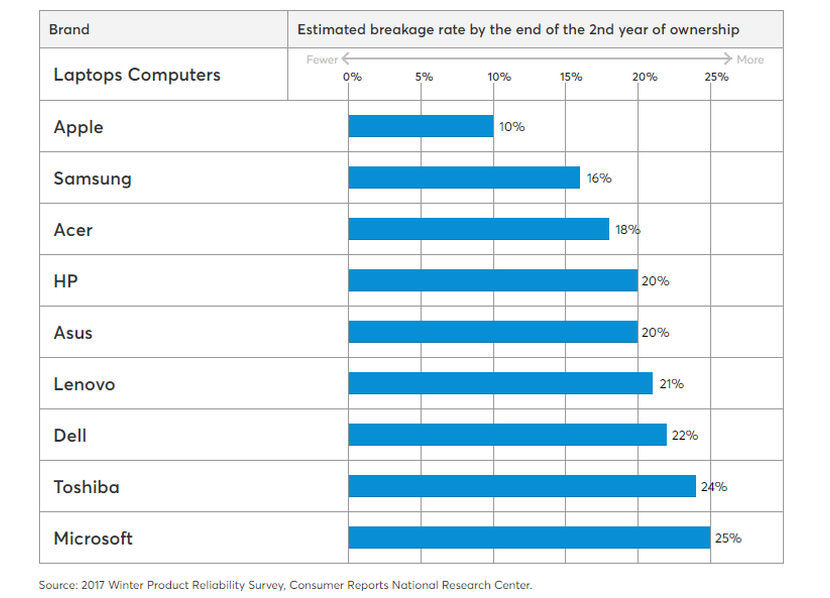You manage, Rossmann and his repair shop REPAIR units sent him by the public, in a lot cases AFTER Apple has quoted an unsuitable repair action or price. On the contrary, I also service and repaired. I owned and operated a cross platform support business for forty years. I will put my 40 years up against Rossmann’s 10 years any time. . . And it was my profit bottom line I worried about. I assure you IBM knows what they are doing switching from Windows to Apple for 400,000 employees worldwide.
IBM said Wednesday at the Jamf Nation User Conference that it’s actually saving money on each Mac: $273 to $543 per Mac over four years, compared to a Windows PC over the same time period. IBM said Wednesday at the Jamf Nation User Conference that it’s actually saving money on each Mac: $273 to $543 per Mac over four years, compared to a Windows PC over the same time period. And no, that’s not because Microsoft is charging more. Fletcher Previn, IBM’s vice president of workplace as a service (yeah, that’s a real title), said Microsoft is giving IBM its best pricing ever. But Macs are still cheaper over their lifetime, and using them results in fewer service calls.
Previn said just 5 percent of IBM’s Mac users needed to call the help desk; In contrast, an astonishing 40 percent of PC staff request tech support help. Previn added. . . 27 percent of PC-related issues require in-person assistance versus 5 percent for Macs. Those factors mean PCs are three times more expensive to manage than Macs at IBM, he said.
(Just about 50 IT specialists at IBM service IBM’s Apple installed base of over 200,000 Macs and iOS devices worldwide at the end of 2016 compared to over 600 IT specialists for their remaining PCs. At that time IBM was deploying 1,300 Macs per week.).
This graphic from the original article posting puts the lie to Rossmann’s claims. Notice which laptop brand is at the top of the chart with the least breakage problems:

A bit dated but, from Consumers Reports:
Survey Results: The Most Reliable Laptops Apple laptops experience the fewest breakdowns, according to the new Consumer Reports study on computer reliability
By Donna Tapellini
Last updated: October 07, 2015 Apple’s laptops rank highest in reliability, according to the latest Consumer Reports survey, as they have in previous years. Our latest survey of more than 58,000 laptop owners also revealed how laptops tend to fail and what it costs to fix them.
Apple is still No. 1. We estimate that only 10 percent of Apple laptops fail by the third year of ownership. The numbers for Windows laptop brands range from 16 percent to 19 percent. In addition, Apple laptops break down less often than laptops from other brands. Among laptops that fail, only 42 percent of Apples break down more than once, while more than half (55 percent) of non-Apple laptops break down on multiple occasions.
On the contrary, I also service and repaired. I owned and operated a cross platform support business for forty years. That is why it is always so fun to give you a bad time. I started out as an enthusiast a little more than 40 years ago. I worked for a while maintaining computers in a professional capacity. After that I helped others keep their computers and related hardware and software running... sometimes at work, sometimes as a hobby, and as a friend. From my perspective it seems that the types of failures have shifted a bit from heat related hardware failures to build quality related mechanical failures. With your business experience, you probably know more than I about that.
When we were paying an arm and a leg for those now ancient laptops it seems like the hinges didn't fail and the keyboards didn't fall apart after a year or two. HP, Lenovo, Dell, Apple and all the other manufactures know almost exactly how many times a lid can be opened and closed before a hinge will start to pull out a nut secured in cheap plastic. And they are hoping that you will blame yourself for that type of failure or if you have an extended warranty that the repairs will be more expensive to complete for the insurer than just sending the insured a new or refurbished computer made by them.
They know that a certain percentage won't make it through their initial warranty period and they will lose a little on that. But most will go a few months to a year or two past their manufacturer's warranty and then the consumer will find that it is a better choice to buy a new improved computer than try to patch together the old one. Mechanical failures are likely much easier to predict than heat related component failures and the last couple laptops that we have purchased run very cool anyway. The fan on the one that I acquired a week ago barely comes on except during very processor intensive tasks. So the manufacture’s best bet to force you to purchase a new laptop is to install hinges that they know will bind up within a year or two and pull the nuts out of the plastic. Simple, effective and something that can blamed on mishandling or abuse by the customer. It also can be blamed on pressure to produce devices as cheaply as possible.
If I didn't have a pile of fairly recent laptops with broken hinge assemblies purchased by me or given to me by friends and acquaintances I wouldn't have thought of this strategy. But this is something that seems to have started mostly in the last ten years or so. Before that if a laptop hinge assembly came apart it didn't seem to be such a pain in the rear to fix. As a retired professional, I am curious if you have had similar observations.
